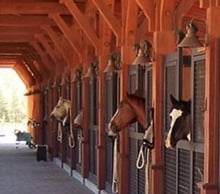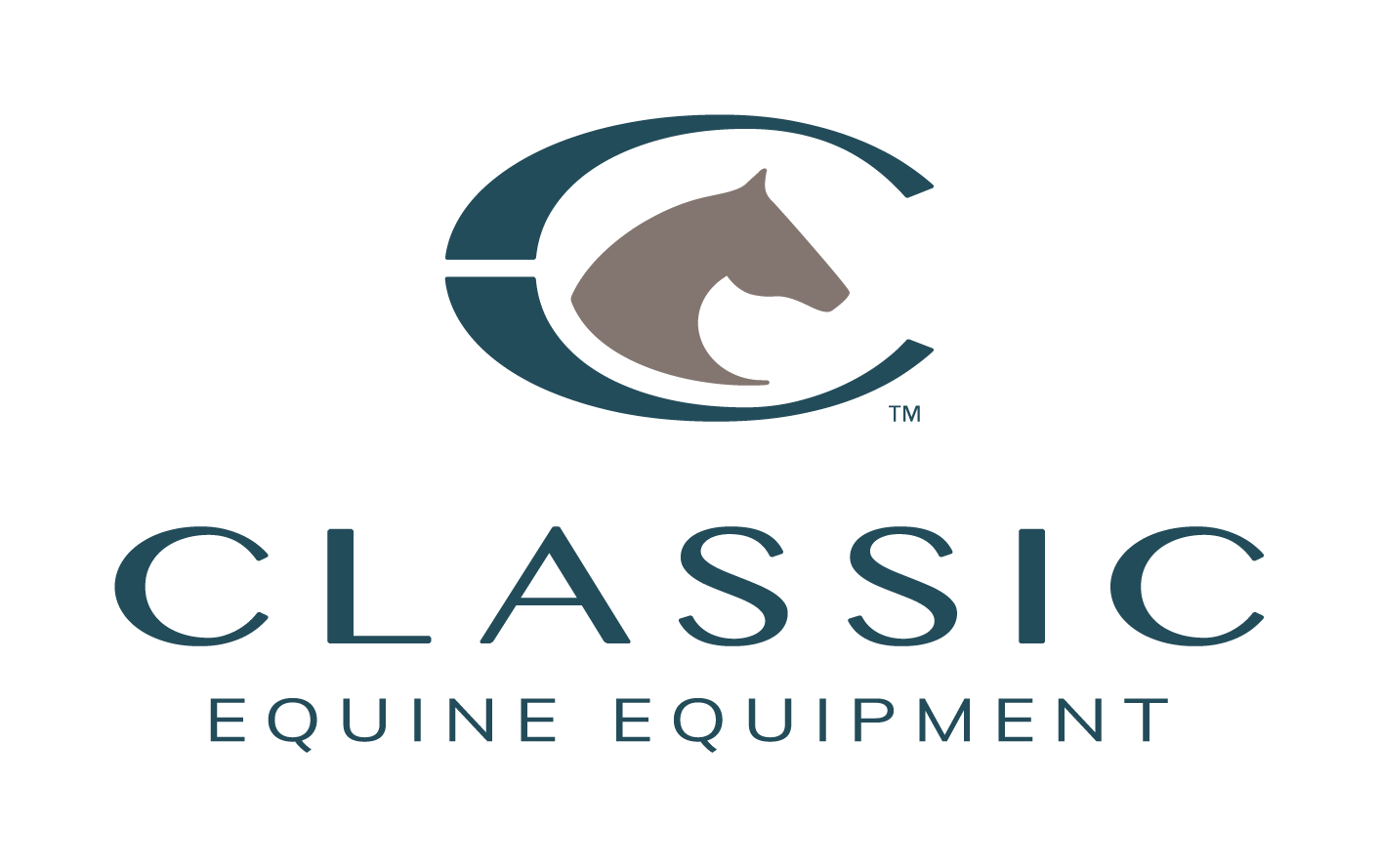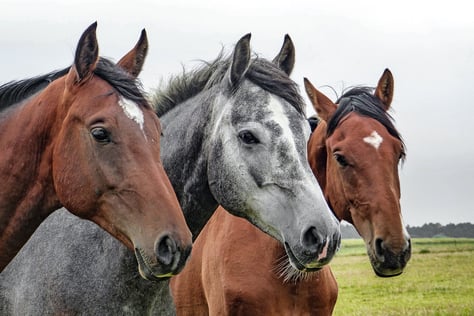 Pasture board during the late spring, summer and early fall is great for both you and your horse. Not only is pasture board usually less expensive, but it gives your horse time to be turned out with other horses, time to graze and maybe to give his hooves a rest from shoes. Pasture board is also great if you are planning a vacation and don't want your horse in his stall all day with no one to exercise him.
Pasture board during the late spring, summer and early fall is great for both you and your horse. Not only is pasture board usually less expensive, but it gives your horse time to be turned out with other horses, time to graze and maybe to give his hooves a rest from shoes. Pasture board is also great if you are planning a vacation and don't want your horse in his stall all day with no one to exercise him.
But, all too soon, winter starts showing itself and you may have to decide whether to consider with pasture board or move your horse inside the stable. First, horses do quite well outside winter as long as they have adequate shelter and/or blankets.
But if your horse is going to be in training or you want to ride during the winter, your best option is to keep your horse inside at your stable. Warm, indoor wash racks, cozy tack rooms, dry stalls and, of course, a covered arena are all attractive reasons to keep your horse in a boarding stable during the worst weather.
There are some things to consider for your horse before you put him in the advantageous, but more structured environment of a stable.
Loneliness/Boredom – if your horse is used to being outside 24/7 with lots of other horses and things to look at, being kept in a stall for long hours can make him lonely and bored. This can lead to bad habits such as cribbing or stall walking. Coming up with distractions such as stall toys or treats like “Uncle Jimmy’s Hanging Balls” (and turnout when possible) can help keep him engaged. If there’s room and the barn management doesn’t mind, having a “barn sitter” like a goat or chicken can also keep horses entertained.
Exercise – If your horse has been turned out for long hours, most likely he’s gotten plenty of exercise just walking around and grazing all day. And if he has other horses for company, most likely they all get a good gallop in every once in a while. But in a stable, it will be more important than ever to regularly exercise him. You can lunge him or even hand walk him around the facility. As a trainer to ride him if you aren’t able or consider a lease with another horse lover.
Feed – Horses do best on lots of forage, and when they are turned out all day it’s rarely a problem. But inside a stall, your horse is restricted to what he can find to eat. A good supply of quality hay given on a regular basis is a good way to satisfy his urge to graze. There are a variety of hays available and your barn manager can help you choose the right one for your horse’s weight, age and activity level. And, while most horses rarely need to be supplemented with grain, if your horse is now being ridden more frequently you may find that adding grain is a good idea.
Blankets/Clipping – When horses are turned out for most of the year, they develop a coat to protect them through the seasons. If your horse usually grows a good winter coat, he may be perfectly fine in stable that protects him from the cold and wet. You still may want to consider a lightweight waterproof sheet if he will be turned out in rainy/snowy weather. You may also want to consider whether to clip or not. Clipped horses can be cooled much more quickly after a hard ride, but the downside is that he will need to be blanketed. And sometimes double blanketed depending on your winter cold. I suggest several light layers instead of one heavy blanket so you can adapt his “wardrobe” to the temperature.
Shoes – When horses are turned out in a pasture or ridden only on soft ground, it may be a good time to pull their shoes and let them go barefoot. This can save you quite a bit of money in farrier expenses. If you plan on trail riding, you can use hoof protection like the Easyboot. But when boarded at a stable, you may want to consider having your horse shod. While many owners are part of the “barefoot” movement in all circumstances, some horses when ridden or in heavy training need the support of shoes to help with leg issues or to avoid stone bruises.
Finally, consider stabling your horse at a barn that has "horse friendly" stalls. Open front stall doors, access to attached paddocks and/or see-through stall dividers.
Depending on where you live, winter weather may only be a few short months or seem to last forever. Use your best judgment when considering what is best for your horse.
<span style="color:#000000;">Photo credit: Classic Equine Equipment</span>



